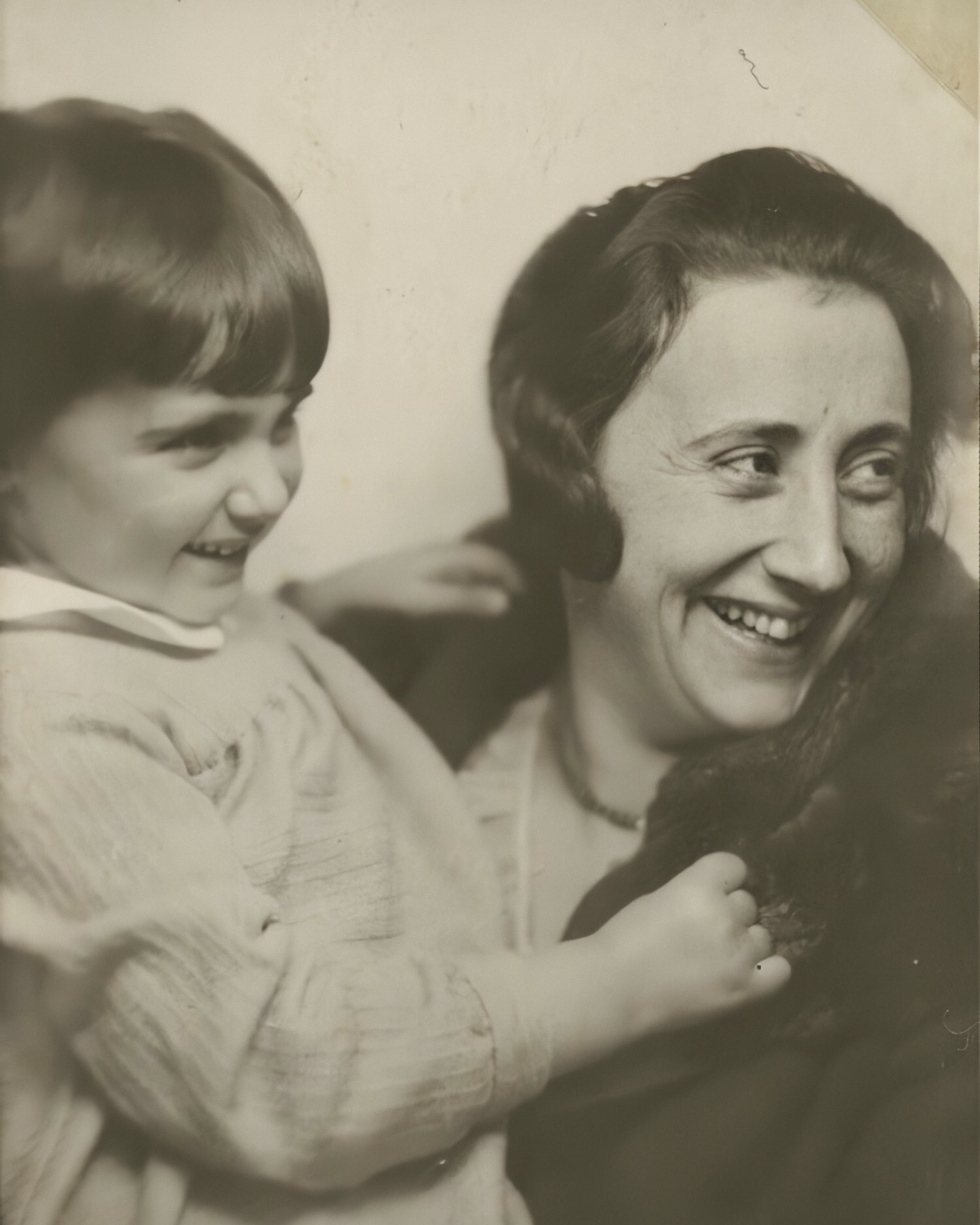Liberation and Loss
On April 15, 1945, the British army liberated the Bergen-Belsen concentration camp. It was a moment of liberation, but not one of salvation for many. The conditions the soldiers found were horrifying: the camp was overwhelmed by disease, starvation, and the dead. Overcrowding, poor sanitary conditions, and a critical lack of food and water had led to devastating outbreaks of diseases like typhus, tuberculosis, typhoid fever, and dysentery.

The camp had become a death trap in the final months of the war, and the death toll continued to rise even after the British arrived. Tragically, more than 13,000 people died after the liberation because they were too ill to recover.
It was in this wretched environment that Anne and Margot Frank perished. Having survived Auschwitz and the subsequent transport, they succumbed to typhus in the final weeks before the camp was freed.

The bodies of the two sisters, like so many others who died at Belsen, were buried in one of the mass graves on the camp grounds. Their story, and the story of the thousands who died even as freedom arrived, is a stark and painful reminder of the Holocaust’s final, cruel toll.
